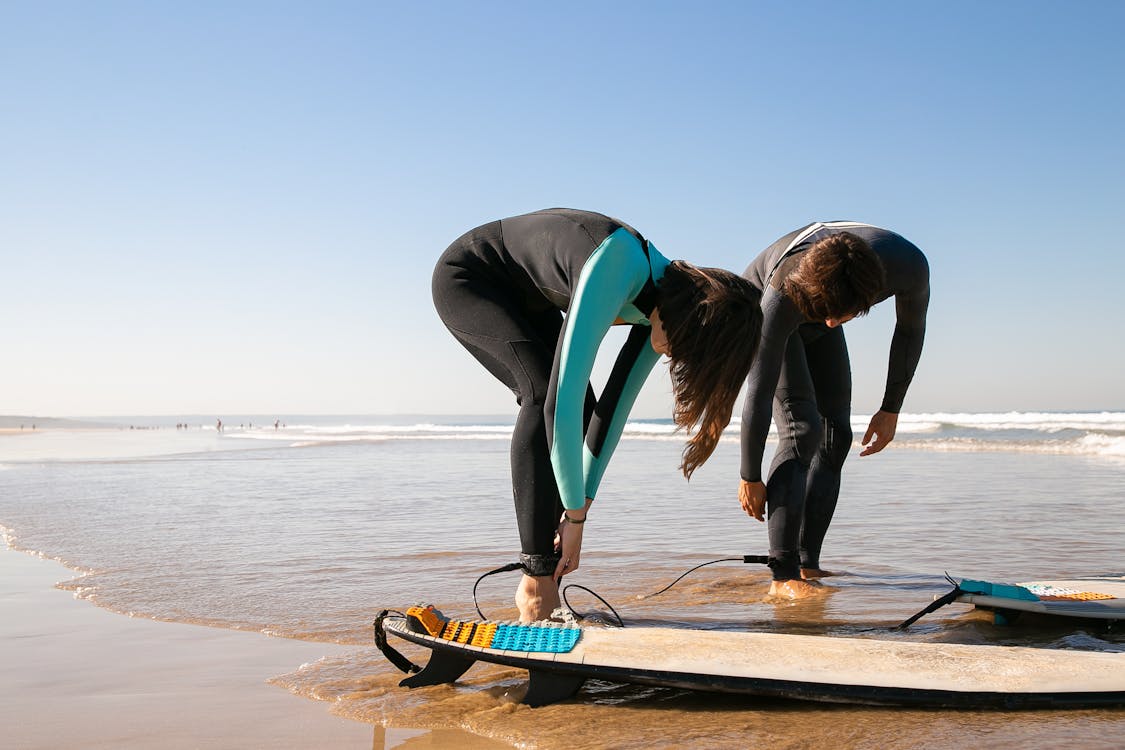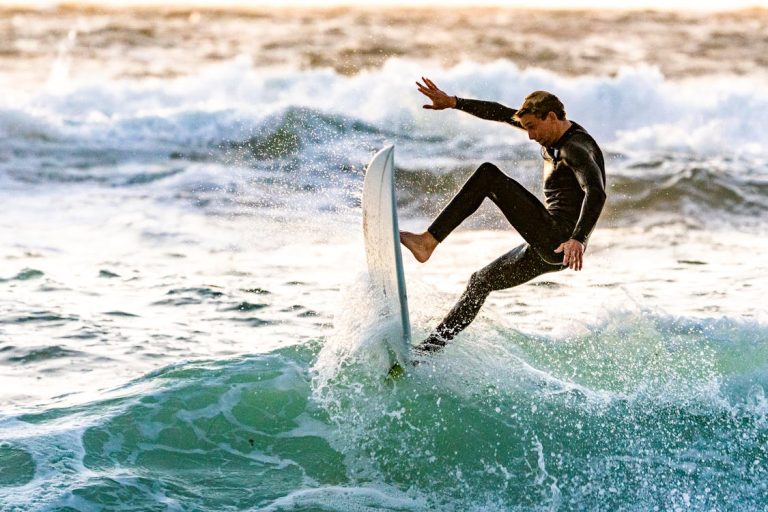1 Tsp A Day, Morning Ritual..
Surfing is an exciting and rewarding sport that connects you with nature while providing a great workout. If you’ve ever watched surfers gracefully ride the waves and thought, I want to do that!, you’re in the right place. While surfing takes time and practice to master, the right mindset and preparation can make the learning process smoother and more enjoyable.
This guide covers everything beginners need to know before paddling out, from choosing the right gear to learning the basics of wave riding.
🌊 Choosing the Right Surfboard for Beginners
Your choice of surfboard can make a huge difference in how quickly you progress. As a beginner, stability is key, so opt for a board that offers plenty of floatation and control.
Best Surfboards for Beginners:
✅ Foam Boards (Soft Tops) – These boards are soft, lightweight, and forgiving, making them perfect for learning. They provide great stability and reduce the chances of injury.
✅ Longboards (8-10 feet) – Longer boards offer more surface area, making them easier to balance on and paddle.
✅ Wider and Thicker Boards – A board with extra width and thickness provides better buoyancy, making it easier to catch waves.
📌 Avoid shortboards as a beginner! They are harder to paddle, balance on, and require more experience to control.
🏄♂️ Essential Surfing Gear
Beyond the surfboard, here’s what you’ll need:
🔹 Surf Leash – Attaches your board to your ankle, preventing it from drifting away after a wipeout.
🔹 Rash Guard or Wetsuit – Protects your skin from sunburn, irritation, and cold water. Choose a wetsuit if you’re surfing in cooler temperatures.
🔹 Surf Wax (or Traction Pad) – Helps you maintain grip on the board to prevent slipping.
🔹 Sunscreen (Water-Resistant, SPF 30+) – Essential for protecting your skin while spending hours in the sun.
🌊 Learning the Basics: How to Catch Your First Wave
1. Start with Small, Gentle Waves
Beginner-friendly waves are slow and rolling, typically found in beach breaks with a sandy bottom. Avoid big or fast-breaking waves until you develop better skills.
2. Master the Pop-Up Technique
The “pop-up” is how you transition from lying on your board to standing up. Practicing this on land first makes it easier in the water.
🔹 How to Pop Up:
- Lie on your board with your chest up and hands near your shoulders.
- Push up with your hands and bring your back foot forward first.
- Quickly plant your front foot in position, keeping your knees slightly bent.
- Stay low and balanced, looking forward (not down at your feet!).
📌 Tip: If you’re struggling to stand, practice riding on your knees first, then progress to standing up.
3. Learn to Paddle Efficiently
Paddling is how you move through the water and catch waves. Use smooth, deep strokes with your hands, keeping your body centered on the board. Avoid wiggling or dragging your feet in the water.
4. Timing Your Takeoff
When you see a wave approaching:
✅ Turn your board toward the shore and start paddling.
✅ Match the speed of the wave (paddle hard!).
✅ As the wave lifts your board, pop up smoothly.
✅ Stay balanced and ride it out!
🌊 Understanding Surf Etiquette (Avoiding Beginner Mistakes)
Surfing has unspoken rules that help keep the lineup safe and respectful for everyone. Here are some key things to remember:
🚫 Don’t Drop In – The surfer closest to the peak of the wave has priority. If someone is already riding, don’t paddle into their wave.
🏄♂️ Respect Other Surfers – Avoid cutting people off or getting in their way. Always look around before paddling for a wave.
🌊 Don’t Ditch Your Board – Hold onto your board when wiping out to prevent it from hitting others.
✅ Be Patient and Have Fun – Everyone wipes out! Learning takes time, so enjoy the process.
📍 Best Beginner-Friendly Surf Spots in the U.S.
If you’re just starting out, look for surf spots with mellow, forgiving waves and sandy bottoms. Here are a few great locations:
🏄 California: Santa Monica, San Onofre, Doheny Beach
🏄 Hawaii: Waikiki Beach (Oahu), Lahaina (Maui)
🏄 Florida: Cocoa Beach, New Smyrna Beach
🏄 North Carolina: Wrightsville Beach
🏄 New York: Long Beach
These spots offer gentle, rolling waves perfect for beginners.
🙌 Final Tips for Beginner Surfers
✅ Practice on Land First – Work on your pop-up technique before hitting the water.
✅ Stay Relaxed – Tension makes balancing harder. Keep your body loose and flexible.
✅ Watch the Waves – Observe how waves break before paddling out. Timing is key!
✅ Don’t Get Discouraged – Everyone falls a lot in the beginning. Keep practicing, and you’ll improve!
Surfing is a journey, and the learning process is part of the fun. With patience, practice, and a positive attitude, you’ll be catching waves in no time.
Would you like recommendations on surf schools or training exercises to improve balance and paddling? 🏄♂️🌊



